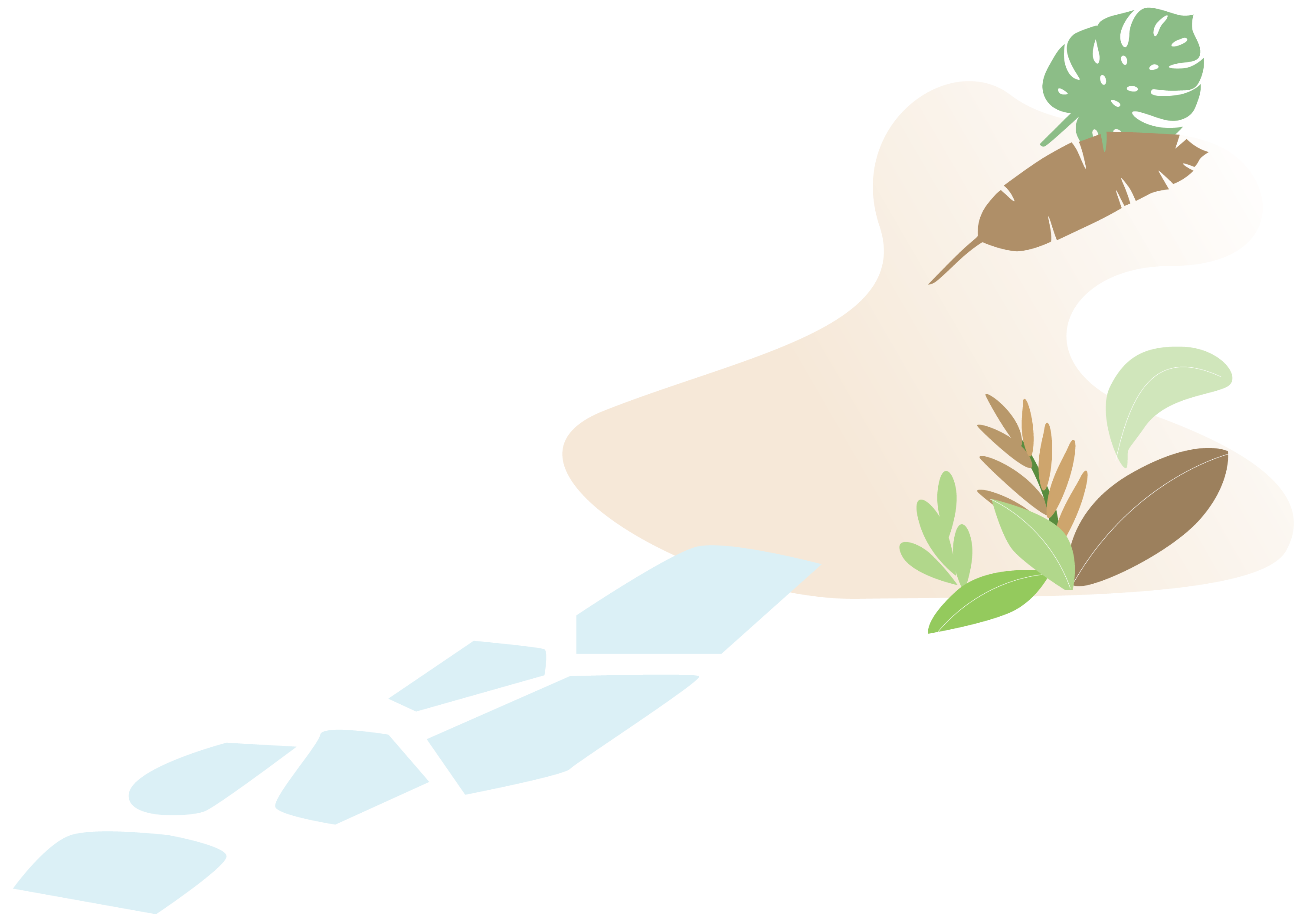
Take the Copenhagen Burnout Inventory questionnaire to find out


Burnout is included in the 11th Revision of the International Classification of Diseases (ICD-11) as an occupational phenomenon. It is a syndrome conceptualized as resulting from chronic workplace stress that has not been successfully managed.1
Acknowledging own mental health problem is the first step in solving it. The Copenhagen Burnout Inventory is one of the self-awareness tools recommended to identify warning signs of burnout, which need prompt attention and actions for relief.
About Copenhagen Burnout Inventory
The Copenhagen Burnout Inventory is an instrument specifically developed for the Project on Burnout, Motivation and Job Satisfaction (PUMA) project, a five-year prospective intervention study on burnout in the human service sector conducted by the National Research Centre for the Working Environment (formerly the National Institute of Occupational Health), Denmark in 1999. It focuses on exhaustion and its attribution by the person. It has scales on personal burnout, work-related burnout and client-related* burnout. Each scale ranges from 0 to 100, with high scores indicating high levels of burnout.2
Acknowledgement A special acknowledgement is hereby given to the National Research Centre for the Working Environment, Denmark for granting the consent to the Hong Kong Academy of Medicine to develop this online questionnaire page with automated assessment.
Acknowledgement A special acknowledgement is hereby given to the National Research Centre for the Working Environment, Denmark for granting the consent to the Hong Kong Academy of Medicine to develop this online questionnaire page with automated assessment.
1 World Health Organization. Burn-out an "occupational phenomenon": International Classification of Diseases. https://www.who.int/news/item/28-05-2019-burn-out-an-occupational-phenomenon-international-classification-of-diseases, 2019
2 M Borritz, R Rugulies, K B Christensen, E Villadsen and T S Kristensen. Burnout as a predictor of self-reported sickness absence among human service workers: prospective findings from three year follow up of the PUMA study, 2006
2 M Borritz, R Rugulies, K B Christensen, E Villadsen and T S Kristensen. Burnout as a predictor of self-reported sickness absence among human service workers: prospective findings from three year follow up of the PUMA study, 2006
Copenhagen Burnout Inventory Questionnaire

Copenhagen Burnout Inventory Questionnaire
Your levels of burnout
| Scale | |
| Personal burnout | |
| Work-related burnout | |
| Client-related burnout |

Results and recommendations
You are mentally fit. Keep this up and consider offering support to your peers by enrolling as a Peer Supporter. Click here for details. You are experiencing high levels of burnout for one scale. Click here for some tips to better manage stress. You are experiencing high levels of stress for at least two scales. Click “Self-care” for some tips to better manage stress or “Ask for help” for details about peer support or professional assistance.
The Hong Kong Academy of Medicine (Academy), assuming a leadership role in the mental and dental profession has promulgated a Well-being Charter committed to cultivating and promoting well-being of Academy Fellows and specialist trainees o Academy Colleges. We pledge to acknowledge the importance of well-being, to take actions, and to advocate policy changes for the improvement of our Fellows’ and trainees’ wellness. An incremental approach “ASAP” is adopted to help better manage stress and avoid burnout. For details, please visit the designated webpage well-being.hkam.org.hk.
You are mentally fit. Keep this up and consider offering support to your peers by enrolling as a Peer Supporter. Click here for details. You are experiencing high levels of burnout for one scale. Click here for some tips to better manage stress. You are experiencing high levels of stress for at least two scales. Click “Self-care” for some tips to better manage stress or “Ask for help” for details about peer support or professional assistance.
The Hong Kong Academy of Medicine (Academy), assuming a leadership role in the mental and dental profession has promulgated a Well-being Charter committed to cultivating and promoting well-being of Academy Fellows and specialist trainees o Academy Colleges. We pledge to acknowledge the importance of well-being, to take actions, and to advocate policy changes for the improvement of our Fellows’ and trainees’ wellness. An incremental approach “ASAP” is adopted to help better manage stress and avoid burnout. For details, please visit the designated webpage well-being.hkam.org.hk.